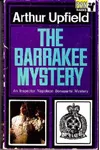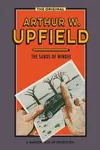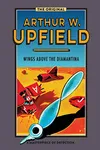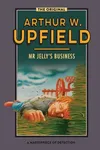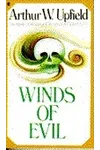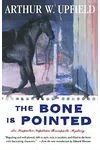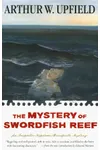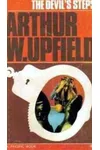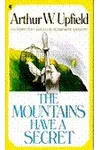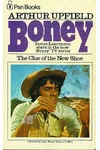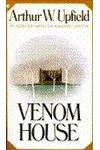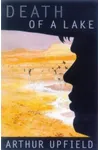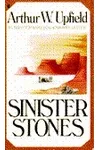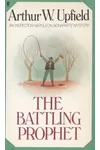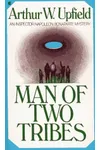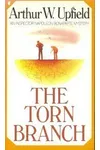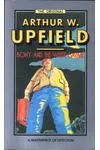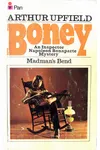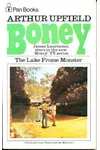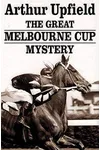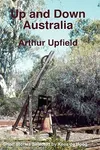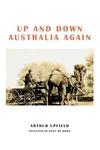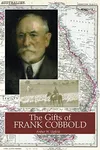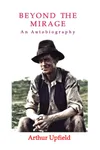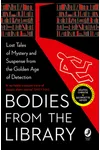Picture an English storyteller who swapped the foggy streets of Hampshire for the sun-scorched Australian outback, crafting mysteries that captivated the world—meet Arthur Upfield! Born in 1890, Upfield became a literary trailblazer, blending classic detective fiction with the rugged beauty and cultural depth of Australia. His iconic creation, Detective Inspector Napoleon 'Bony' Bonaparte, a half-Aboriginal sleuth, brought a fresh perspective to the genre, solving crimes against the backdrop of a vast, untamed landscape.
Upfield’s life was as adventurous as his novels. From gold mining to soldiering, his experiences in Australia’s wild heart shaped his stories, infusing them with authenticity and a deep respect for Aboriginal culture. Let’s dive into the journey of this remarkable author and explore why his work still resonates today.
The Making of Arthur Upfield
Born on September 1, 1890, in Gosport, England, Arthur William Upfield was the eldest son of a draper. After struggling with exams for a real estate career, his father sent him to Australia in 1911, hoping the change would spark ambition. It did—though not in the way expected. Upfield fell in love with the outback, working as a sheepherder, gold miner, and camel driver. He enlisted in the Australian Imperial Force during World War I, serving at Gallipoli and in France, before returning to Australia in 1921. These years of wandering and working in the bush, coupled with encounters with Aboriginal communities, laid the foundation for his writing career, which began in earnest in the late 1920s.
Arthur Upfield’s Unforgettable Stories
Upfield’s detective novels, centered on Napoleon 'Bony' Bonaparte, redefined the genre. Bony, a biracial detective with Queensland Police, combined Aboriginal tracking skills with a sharp, educated mind, solving cases in settings that felt alive with dust and danger. Upfield’s debut Bony novel, The Barrakee Mystery (1929), introduced this unique hero, whose cultural duality mirrored Upfield’s own straddling of English and Australian identities.
His 1931 novel The Sands of Windee gained notoriety when a real-life murderer copied its 'perfect murder' method, cementing Upfield’s knack for gripping plots. Other standouts include Wings Above the Diamantina (1936), a thrilling tale of a missing plane, and Death of a Lake (1954), where Bony unravels secrets as a drying lake reveals clues. Upfield’s style was vivid yet meticulous, weaving Aboriginal lore and outback grandeur into tightly plotted mysteries. His 29 Bony novels, alongside short stories and articles, painted Australia as both majestic and menacing.
Why Arthur Upfield Matters
Upfield’s impact on detective fiction is undeniable. He introduced a non-traditional hero in Bony, whose Aboriginal heritage challenged stereotypes and offered a nuanced portrayal of Indigenous culture at a time when such representation was rare. Authors like Tony Hillerman, who created Native American detectives, cited Upfield as an influence, noting how Bony’s tracking skills inspired their own characters. Upfield’s novels also brought Australia’s outback to global readers, blending adventure with cultural insight.
His work inspired a 1970s TV series, Boney, and remains in print, thanks to his grandson’s efforts. Though some critiques note outdated racial terms, Upfield’s respect for Aboriginal traditions shines through, making his stories a bridge between cultures. His legacy endures in the genre and in Australia’s literary identity.
- Born: September 1, 1890, Gosport, England
- Died: February 12, 1964, Bowral, Australia
- Known For: Detective Inspector Napoleon Bonaparte series
- Notable Works: The Barrakee Mystery, The Sands of Windee, Death of a Lake
- Fun Fact: Upfield led a 1948 expedition to Wolfe Creek Crater, later a setting for his novel The Will of the Tribe.
Ready to explore the outback through a master storyteller’s eyes? Grab The Sands of Windee and dive into Arthur Upfield’s thrilling world of mystery!
